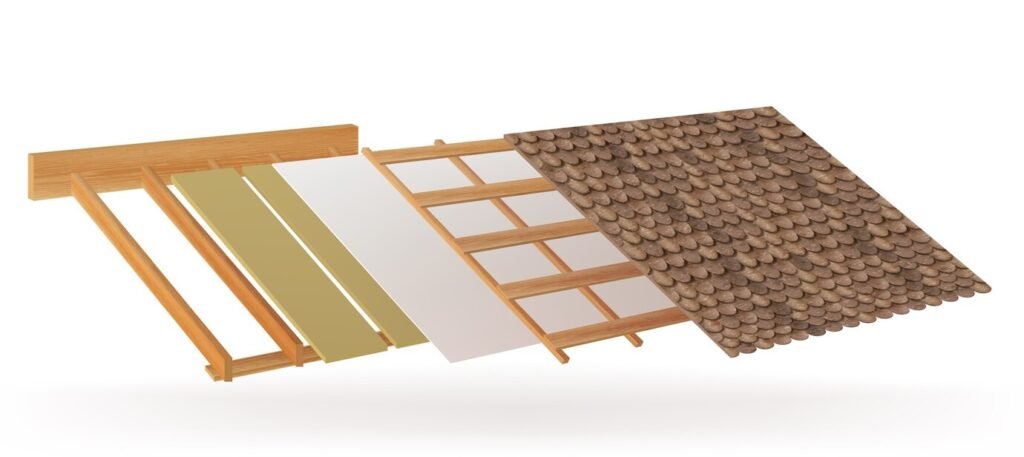In the world of game development, creating realistic and intricate hard surface models is a crucial skill. These models are used to design everything from weapons and vehicles to architectural elements and machinery. Mastering advanced techniques in hard surface modeling can significantly enhance the realism and quality of your game assets. This guide will delve into these advanced techniques, providing you with a comprehensive understanding to elevate your 3D modeling skills.
Understanding Hard Surface Modeling
Hard surface modeling refers to the creation of objects with defined, hard edges, such as vehicles, weapons, and industrial machinery. Unlike organic modeling, which deals with softer, more natural shapes, hard surface modeling focuses on precision and detail. The techniques used in hard surface modeling are essential for achieving the high level of realism required in modern game design.
Essential Software for Hard Surface Modeling
Choosing the right software is critical for hard surface modeling. Here are some industry-standard options:
- Blender: A versatile, free, and open-source option with robust hard surface modeling tools.
- Autodesk Maya: Known for its extensive features and professional-grade tools.
- 3ds Max: Popular in the game and architectural visualization industries for its modeling capabilities.
- Modo: Favored for its direct modeling tools and intuitive interface.
Advanced Techniques in Hard Surface Modeling
Boolean Operations
Boolean operations are essential for creating complex hard surface models. By combining or subtracting basic shapes, you can achieve intricate designs. This technique is particularly useful for cutting out sections or adding details to your models.
Subdivision Modeling
Subdivision modeling involves dividing a model’s surface into smaller polygons to increase detail and smoothness. This technique is crucial for creating high-poly models with fine details. It allows you to start with a low-poly base and gradually add complexity.
Edge Loop and Flow Control
Maintaining proper edge loops and flow is vital for hard surface modeling. Edge loops help define the structure and support detailed modeling. Ensuring clean edge flow prevents shading artifacts and maintains the model’s integrity during deformation and animation.
N-gons and Topology Management
Managing N-gons (polygons with more than four sides) is crucial in hard surface modeling. While they can simplify certain modeling tasks, excessive use can lead to shading issues. Proper topology management ensures that the model is optimized for both performance and visual quality.
Chamfering and Beveling
Chamfering and beveling are techniques used to soften the edges of a model. This is essential for achieving realistic lighting and reflections. Hard edges can often look unnatural; adding slight bevels can enhance the model’s realism.
Detailing and Texturing
Adding intricate details through normal maps, bump maps, and displacement maps can significantly enhance the realism of your hard surface models. Texturing is equally important; it involves creating and applying detailed surface textures that mimic real-world materials.
Resources for Learning Hard Surface Modeling
3D Modeling Courses in India
India offers a range of comprehensive 3D modeling courses that cater to both beginners and advanced learners. Institutions like Arena Animation and Maya Academy of Advanced Cinematics (MAAC) provide specialized courses in 3D modeling and game art. These courses often include hands-on projects, workshops, and industry exposure, making them ideal for aspiring 3D artists.
Online 3D Game Art Tutorials
For those who prefer online learning, there are numerous online 3D game art tutorials available:
- Udemy: Offers a wide range of courses covering various aspects of 3D modeling and game art.
- Coursera: Provides courses from leading universities and institutions, covering both basic and advanced techniques.
- YouTube: A great resource for free tutorials and walkthroughs on specific techniques and software.
- ArtStation Learning: Features tutorials from industry professionals, focusing on advanced techniques and workflows.
Tips for Excelling in Hard Surface Modeling
Practice Regularly
As with any skill, regular practice is key to mastering hard surface modeling. Dedicate time each day to work on personal projects or follow tutorials to improve your techniques.
Analyze Real-World Objects
Studying real-world objects and their details can greatly enhance your modeling skills. Pay attention to how different materials and surfaces interact with light and how intricate details are constructed.
Join a Community
Being part of a community can provide support, inspiration, and feedback. Online forums, social media groups, and local meetups are great places to connect with fellow 3D modelers and industry professionals.
Stay Updated with Industry Trends
The field of 3D modeling is constantly evolving. Stay updated with the latest tools, techniques, and trends by following industry blogs, attending webinars, and participating in workshops. Continuous learning is essential to stay ahead in this dynamic field.
Build a Strong Portfolio
A well-rounded portfolio is crucial for showcasing your skills to potential employers or clients. Include a variety of hard surface models that demonstrate your ability to handle different types of projects. High-quality renders and detailed breakdowns of your workflow can make a significant impact.
Conclusion
Mastering advanced hard surface modeling techniques is essential for creating realistic and detailed game assets. With the right tools, techniques, and resources, you can elevate your 3D modeling skills to new heights. Whether you choose to take 3D modeling courses in India or explore online 3D game art tutorials, the knowledge and practice you gain will open up numerous opportunities in the game development industry.






Алкоголь на дом с круглосуточной доставкой — решение для любых ситуаций
доставка алкоголя москва алкоторг купить алкоголь 24 .
شركة تنظيف مكيفات بالقطيف
Психоаналитик и психоаналитический психотерапевт
Психолог психотерапевт психоаналитик 684
Kıyamet temalı aksiyon filmlerini sevenler için özel içeriklerimiz var. Etkileyici sahneler için kıyamet filmleri izle sayfasına göz atabilirsiniz.
Son yıllarda yayın platformlarının yükselişi dikkat çekici oldu. Yüksek kaliteli içerikler, özellikle Full HD ve 4K filmler, izleyicilerin büyük ilgisini çekiyor. İzleyiciler, netlik ve detayları ön plana çıkaran daha sürükleyici deneyimler istiyor.
Full HD filmler 1920×1080 piksel çözünürlük sunarak etkileyici görsel kalite sağlar. Bu, özellikle büyük ekranlarda her detayın fark edilebildiği durumlarda belirgindir. Ancak, 4K filmler bu deneyimi daha da ileriye taşıyarak 3840×2160 piksel gibi çok daha yüksek bir çözünürlük sunar.
Yayın platformları bu trende kayıtsız kalmayarak şimdi geniş bir Full HD ve 4K film seçkisi sunuyor. Bu sayede izleyiciler en yüksek kalitede yeni çıkanlar ve klasik favorilere erişebiliyor. Ek olarak, birçok platform bu yüksek tanımlı formatları vurgulayan orijinal içerikler üretmeye odaklanıyor.
Özetle, yayın hizmetlerinde Full HD ve 4K filmlere yönelim, izleyici tercihindeki değişimleri gösteriyor. Teknolojik gelişmelerle birlikte, izleme deneyimlerimizde daha yenilikçi çözümler görmemiz muhtemeldir. Bu trendler, film sektörü ve evde izleme alışkanlıklarının geleceğini önemli ölçüde değiştirecektir.